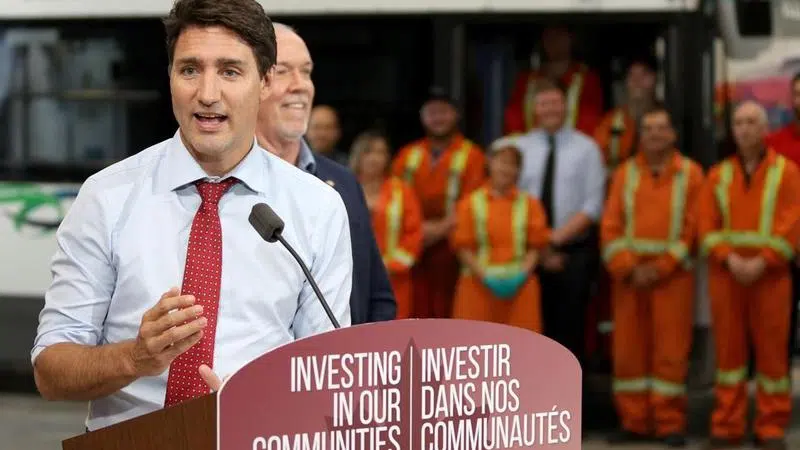
Behind-the-scenes work on skills policy detailed in election-tinged documents
OTTAWA — Top civil servants have been told that their departments don’t know what the jobs of the future will look like and that employers’ demands for skills will change more and more frequently in the years to come
The admission is in voluminous material prepared for deputy ministers as they get ready for the fall election and the prospect of a new party taking power or the Liberals’ being re-elected with new priorities.
A series of briefing notes and detailed, lengthy presentations show that much of the work for the next government is already well underway and more than 100 policy ideas at various levels of ambition have been generated since October 2018. A subset of them, chosen and tweaked to match the winning party’s declared agenda, will be presented to the new government after the election.
In the meantime, the details have been blacked out from the documents because they are considered sensitive advice to government.


